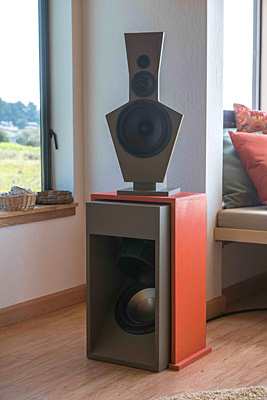Folks in this thread dismissing "subwoofer stand" positioning, despite lots of well-regarded commercial examples and experiential evidence to the contrary. If this was such a flawed topology, why did we ever have tower speakers in the first place? By this logic, then every pair of tower speakers capable of putting out deep bass is fatally flawed.
I agree (as I step on my soap box)... If you can get your speakers away from the back walls and at room intervals that reduce standing waves, there is no reason that you cannot have your monitors on subwoofer stands and get good bass. Before home theater started getting marketed, it was rare that anyone tried to sell you more than one subwoofer. My listening room is about 20 x 25 with 8 ft ceilings. For most of my music listening (alternative and progressive rock), one good subwoofer reproduces very realistic bass.
While acknowledging that more than one subwoofer does produce more even bass, am pretty sure there are more than a few folks with that are happier with having some standing waves during movie special effects! If you are spending more time measuring your system than enjoying it, stop measuring it. Soapbox disengaged.


